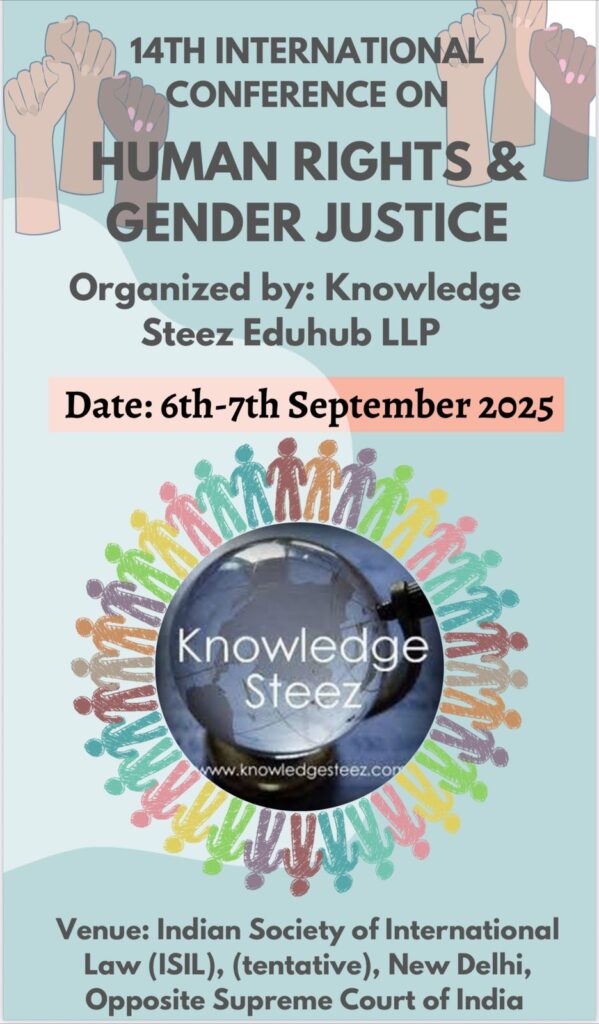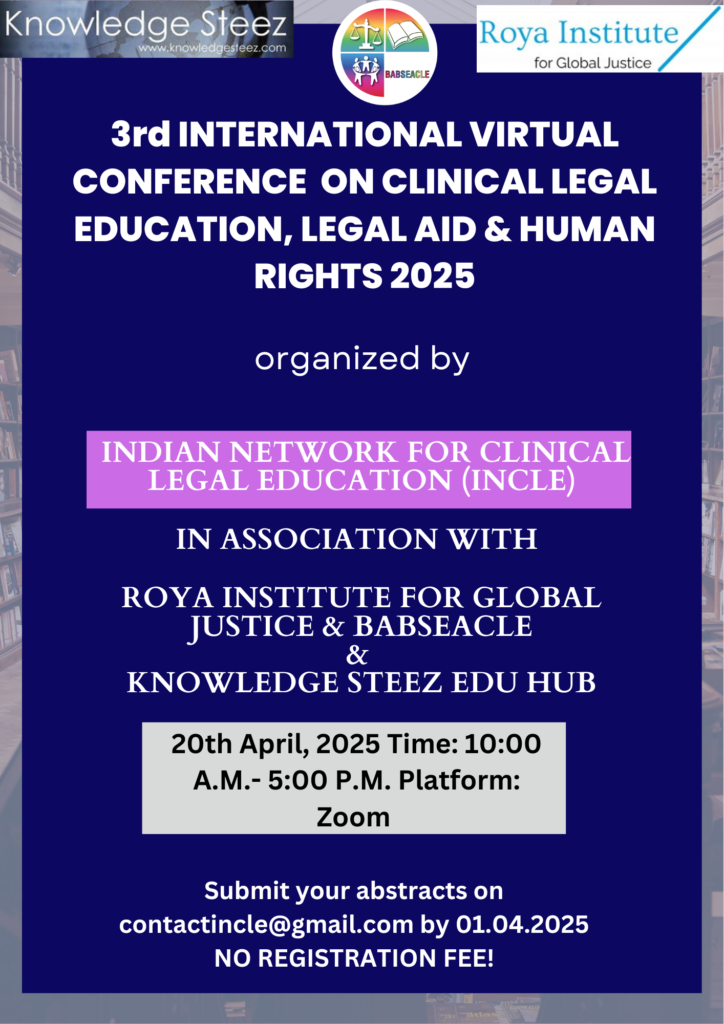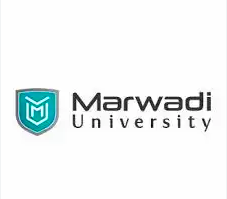ABOUT NLU BHOPAL:
NLIU Bhopal was first started with a five-year integrated LLB course – BA LLB (Hons.), and now it offers three more courses in law at postgraduate level. Moreover, NLIU Bhopal will soon start a Post Graduate Diploma in Law with specialisation in Cyber Law and Cyber Security, GST and, Consumer Protection Laws and Practice. The University comprises more than 10 cells/ societies including, Athena – Cultural Committee, Centre for Research and International Law, Centre for Business and Commercial Law, Cares Environment Law Cell, Alternative Dispute Resolution Cell, Alumni Affairs Cell, Legal Aid Clinic, Moot Court Association, Gender Justice Cell, Cell for Studies in IPR, PULER (Rehabilitation) and, Media and Law Cell.
As per the National Institute Ranking Framework (NIRF) reports in the past, the law university has ranked among the top 15 law schools in India every year. The university has collaborations with Centre for Advanced Study and Research on Intellectual Property (CASRIP), Seattle, USA and, Washington University, Seattle for Academic Exchange Program (AEP). NLIU Bhopal provides financial assistance of Rs 30, 000 to the selected students.
CALL FOR PAPERS:
We invite submissions for our inaugural Issue from academicians, practitioners, research scholars, students, and experts from within the legal community for manuscripts that assert and defend a well-reasoned position relating to international economic laws. The themes of interest include;
- International trade law and policy
- International investment law and policy
- Trans-border dispute resolution
- International financial law
- Global competition law
However, these themes are not exhaustive and the author may choose any interdisciplinary approach with regards to trade and allied laws.
Authors willing to contribute to the journal are required to submit extended abstracts by 11:59 PM on 31st August, 2021, on the acceptance of which, full papers shall be submitted by 11:59 PM on 30th November, 2021 (tentatively).
Authors must note that acceptance of their abstract does not guarantee the publication of the final manuscript. All manuscripts will undergo a rigorous process of review and only those manuscripts of the highest academic standards shall be accepted.
GUIDELINES FOR EXTENDED ABSTRACTS:
An extended abstract must contain all relevant aspects and information about the proposed topic and must explain in detail the research work being done and the findings. The word limit for an extended abstract would be up to 1,000 words; however, for Book Reviews, Case Comments, and Notes, the word limit can be up to 700 words.
It should include the following:
- Introduction: In the introductory part, the current literature on the work topic should be reviewed, and the distinctions between the work and previous, comparable works should be clearly stated.
- Objectives: The objectives of the article and the questions that the research tries to address must be stated.
- Research Questions: Author(s) should provide specific questions that they attempt to answer and the means employed by them to answer the same. Such means may not be restricted to methodological triangulation or reform oriented research.
- Conclusion(s): Conclusion(s) should contain (1) the principles and generalisations derived from the findings, (2) any exceptions, difficulties, or limits of the work, (3) theoretical and/or practical consequences of the work, and (4) conclusions and suggestions made from the study
PAPER SUBMISSIONS:
Submission Categories
- Long Articles (6000-8000 words): In this category of submissions, the journal expects a detailed analysis of the issue(s) undertaken by the author, to the extent of a detailed analysis of the surrounding legal scenario at domestic and international levels and/or cross-jurisdictional analysis, and concrete conclusions and suggestions (through a reform oriented research methodology), indicating a specific way forward.
- Short Articles (4000-6000 words): In this category of submissions, the journal expects analysis of contemporary legal issues from single or multiple legal perspectives, i.e. a detailed examination of legal developments and/or happenings (which may involve legislative enactments, jurisprudential developments by judicial developments) using single or multiple legal perspectives as (a) basis. In this category, if at all an author attempts to analyse debatable issues, i.e. issues that could be addressed through two perspectives of being justified or not justified, authors are encouraged to employ multilateral perspectives for the purposes of analysis, and then provide a conclusion in furtherance of such analysis.
- Book Reviews (1500-2500 words) In this category of submissions, a critical review may be undertaken of a book-related to trade law and allied fields, including the issues explored and related arguments of the author.
- Case Comments (1500-2500 words): In this category of submissions, the journal expects detailed analysis of judgements, and the submission revolving around a critical analysis/comment of the case being commented on. The analysis should be much more than a brief of the case details, and look at the judgement from surrounding and stakeholding laws. Much like the previous category, in the process of case comments, authors are expected to critically comment by looking into the judicial mindset behind the judgement, and then commenting on its benefits or shortcomings.
- Notes (1500-2000 words): In this category of submissions, the journal expects substantive analysis of specific areas of trade law, not demanding a background study, but pointed critical comments on unaddressed or contemporary developments in the field.These can include policy reviews and article commentaries.
Parameters of Evaluation
- Grammar and Language;
- Logical Coherency;
- Legal Analysis and Contribution to existing literature;
- Contemporary Relevance;
- Research and Referencing.
Layout & Drafting of the Manuscripts
- The body of the manuscript should be in Times New Roman, Font Size 12 and 1.5-line spacing.The footnotes should be in Times New Roman, Font Size 10 and single line spacing.
- The citation style should be in consonance with the 4th edition of the Oxford style of citation (OSCOLA), available at http://www.law.ox.ac.uk/published/OSCOLA_4th_edn.pdf. Speaking footnotes and endnotes are discouraged;
- In order to clearly present these publications it is useful to use a consistent system of headings (applicable to both abstracts and full papers). We would ask authors to use only three grades of headings. However an additional fourth sub-heading could also be accommodated. The following hierarchy must be adhered to :
1. Part One
A. First Subheading
1. Second Subheading
(a) Third subheading
i) Fourth subheading
- All nouns, verbs and adjectives on the first three levels of the heading should begin with Capital letters.
- Spellings should follow the Oxford English Dictionary. Where there is a choice we prefer the endings -ise and -isation as opposed to -ize or -ization.
SUBMISSION GUIDELINES:
All extended abstract submissions to be submitted via google form by 11:59 P.M. on 31st August, 2021. (Indian Standard Time).
All paper submissions have to be made via google form by 11:59 P.M. on 30th November, 2021 (Indian Standard Time) with subject- “Full Paper Submissions || Inaugural Volume”;Name of the author(s), institutional affiliation/qualification,the title of the manuscript, category of the manuscript and their contact information shall be included in the covering e-mail.
Please refrain from including any information that could identify the author(s) in the manuscript itself;
The work submitted shall be original and unpublished;A maximum co-authorship of two authors is allowed;
The copyright of the entry to the Journal will rest with the Editorial Board once the entry has been selected and the authors (s) of the same have been notified;
The final decision as to the acceptance of manuscripts rests with the Editorial Board.









